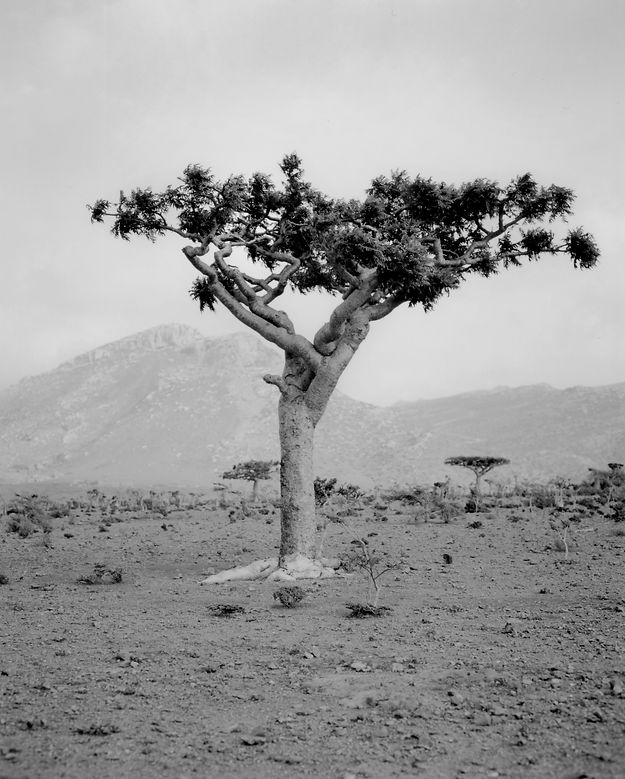top of page


III-2.jpg)

crop.jpg)




_3-21.jpg)












The post COVID tourism boom has had a significant impact on natural and cultural settings the world around and has ignited discourse on the various benefits and indisputable repercussions of such forms of recreation.
The Socotra archipelago is no stranger to such impacts. The remote and underdeveloped collection of islands caught in the wake of a violent war and disastrous humanitarian crisis in its home country Yemen has recently made the news, and may a social media feed, for it’s pristine natural beauty and abounding cultural heritage. Indeed, Socotra is home to one of the highest rates of floral endemism for oceanic islands globally, exemplified in the iconic endemic Dragonblood tree (Dracaena cinnabari), as well as being home to an endemic language and a multitude of unique expressions of cultural heritage still very much alive today.
Since the reopening of commercial air routes to the archipelago in 2017, hoards of tourists from around the world have begun visiting and, due to a clear lack of tourism planning and management capacity, have begun to leave a negative impact on the islands unique, and particularly fragile natural and cultural heritage. In this project, I seek to explore the rapid changes that Socotra is undergoing in the eyes of modernization, globalization and increased tourism presence. Through these photos, I seek to capture the juxtaposition between an island in which traditional expression of the archipelago’s millenary heritage, such as intrinsic vicinity to surrounding nature, strong family values, and an living embodiment of Juliette Schor’s concept of “plenitude,” are being contrasted by a profound and urgent desire to be part of the modern globalized world, in all it’s comfort, excess and inevitable decadence.
Words by Tarim Contin-Kennedy
bottom of page